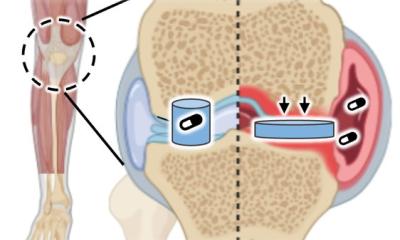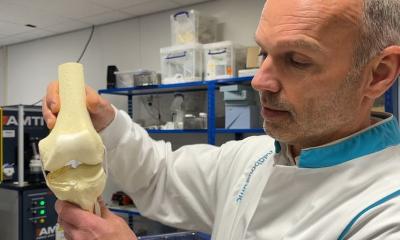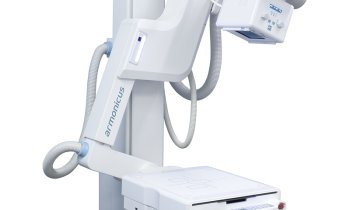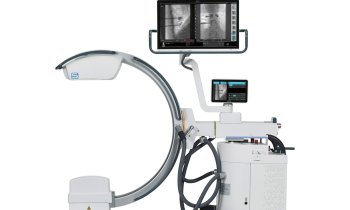Source: Unsplash/Daniel Lincoln
News • Repetitive stress injuries
Selfie elbow – yes, this is actually a thing
Specialists are seeing more and more repetitive stress injuries (RSI) from overuse of smartphones and tablets – the main instigators of emerging conditions like texting thumb and selfie elbow, notes UT Southwestern rehabilitation specialist Dr. Renee Enriquez.
Specialists are seeing more and more repetitive stress injuries (RSI) from overuse of smartphones and tablets – the main instigators of emerging conditions like texting thumb and selfie elbow, notes UT Southwestern rehabilitation specialist Dr. Renee Enriquez. “With all overuse injuries, rest is the most important part of recovery. Complete rest is best, but since technology is a required part of our everyday lives, limiting the time participating in these activities is recommended,” says Dr. Enriquez, whose expertise includes musculoskeletal treatments and interventional pain management.
The average person sends more than 40 emails daily and spends dozens of additional hours per week texting. One recent survey reported teen boys average 3,400 texts each month, while teen girls average 4,000 texts. Texting thumb is inflammation of the tendon sheath that can lead to long-term pain and disability affecting the tendon of the long flexor muscle of the thumb. “Consider using your nondominant hand or another digit to avoid this condition,” says Dr. Enriquez, who specializes in nonoperative treatments. “The benefit of switching things is that it will strengthen your brain and improve your dexterity.”
Selfie sticks, however much the nuisance, are a great way to avoid overuse injuries in the upper extremities
Renee Enriquez
Selfie elbow can occur when you frequently abandon favorable ergonomic positioning in the pursuit of finding the best angle for your next social media post. Shooting selfie after selfie can strain forearm muscles, resulting in trauma to the part of the tendon that connects to the elbow joint. “Selfie sticks, however much the nuisance, are a great way to avoid overuse injuries in the upper extremities,” she says. “Technology will continue to advance and so will its gadgets for easier use and applicability. Rest breaks and hand shifts can help us handle the strain in the meantime.”
Source: UT Southwestern Medical Center
19.02.2019











